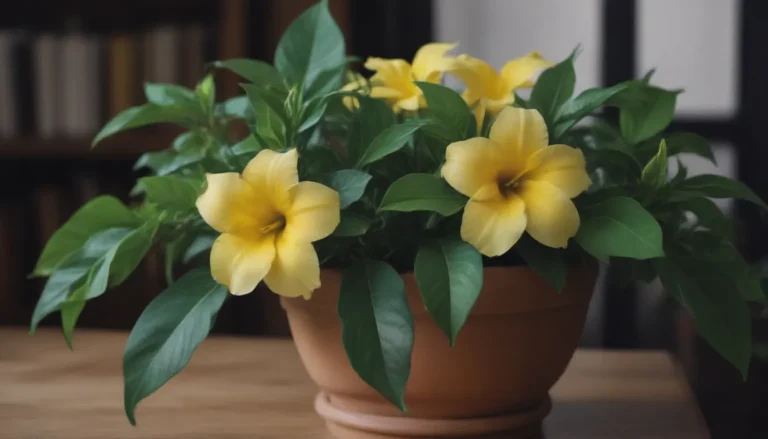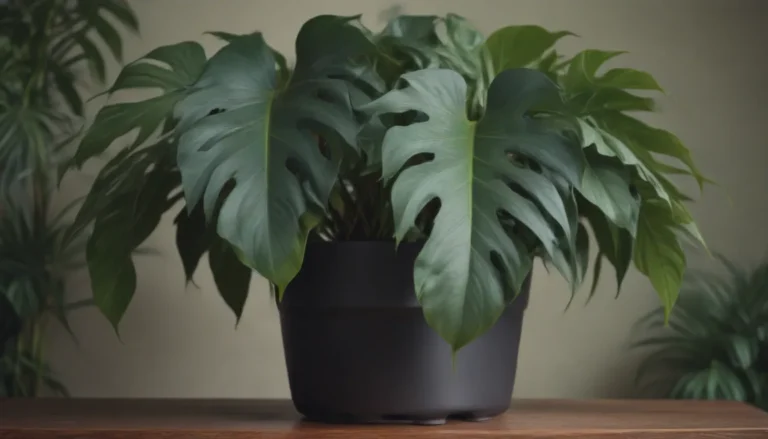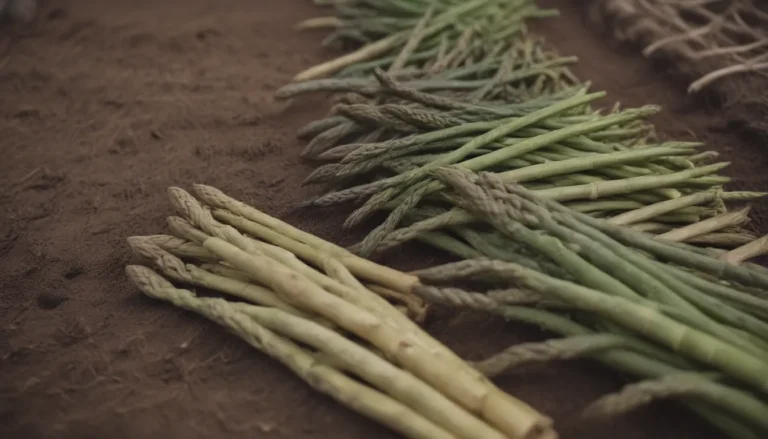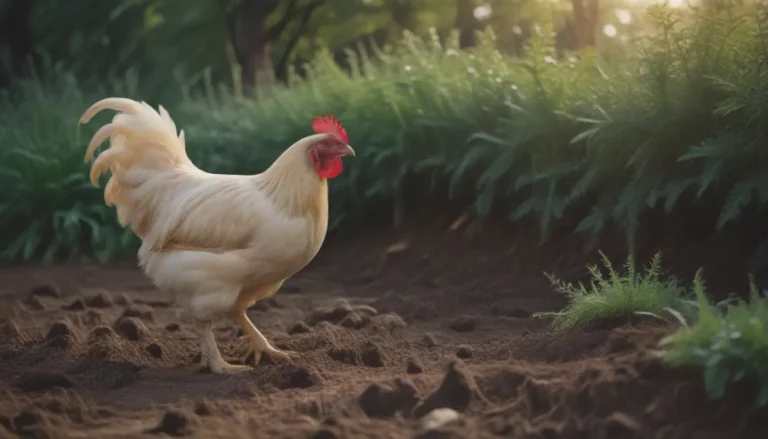Mastering the Art of Transplanting Tomato Seedlings Into Your Garden
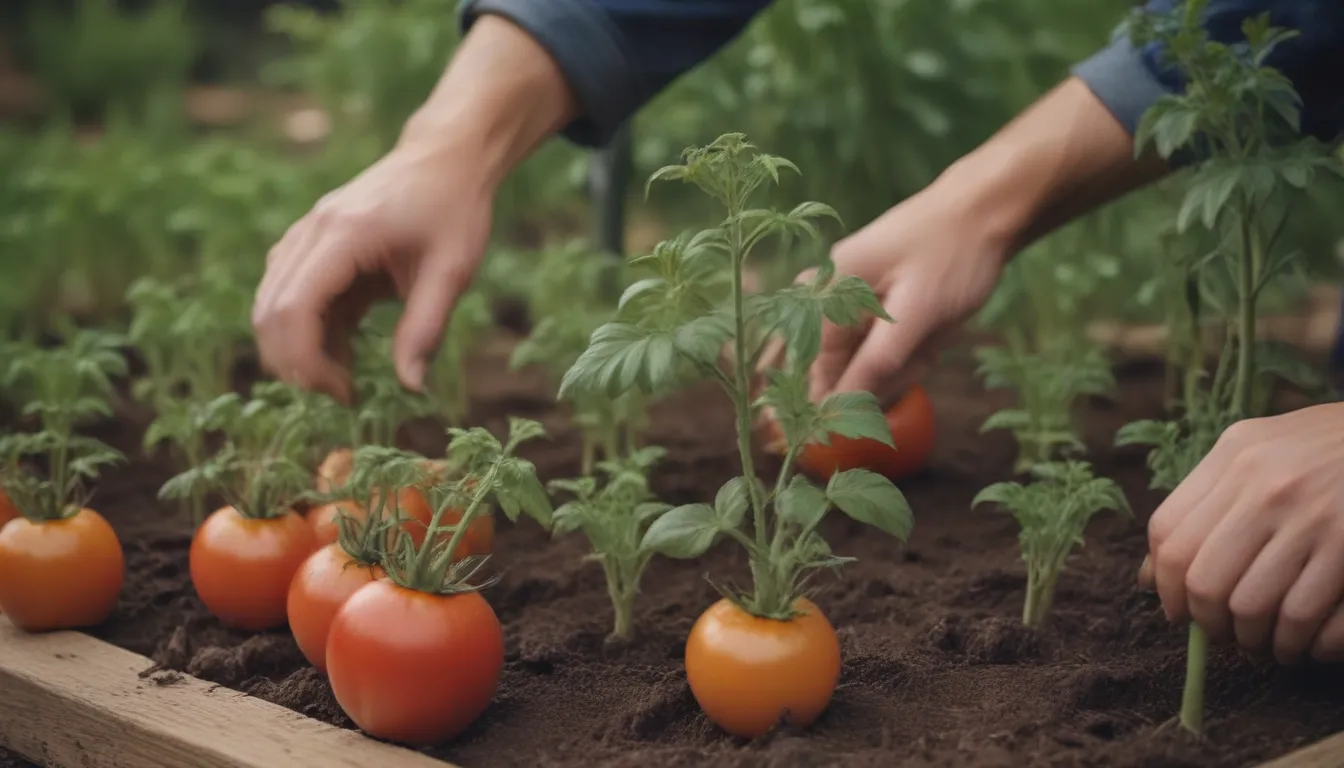
Starting your tomato plants from seeds or purchasing tomato seedlings from a garden center is just the first step in the journey to a bountiful harvest. Knowing when and how to transplant these seedlings into your garden is crucial to ensure they thrive and produce delicious tomatoes for you to enjoy. In this comprehensive guide, we will walk you through everything you need to know about transplanting tomato seedlings into your garden.
Understanding the Ideal Timing for Transplanting Tomato Seedlings
Tomatoes are warm-weather plants that thrive in temperatures ranging from 60-70 degrees Fahrenheit. While they can be transplanted as soon as the last frost has passed, it’s essential to wait until the weather is consistently warm before moving your seedlings outdoors. The timing for transplanting tomato seedlings can vary depending on your geographic location and USDA hardiness zone.
- In the northern US, the ideal time for transplanting is typically mid-May.
- In the southern US, transplanting can often occur as early as late March to early April.
By following the guidelines of your USDA hardiness zone and monitoring the last expected frost in your area, you can determine the optimal time to transplant your tomato seedlings for a successful harvest.
When to Transplant Tomato Seedlings
If you’re starting your tomato plants from seeds, it’s crucial to transfer them to larger pots before transplanting them into the garden. This allows the root system to establish and develop properly. Once your seedlings have reached a height of three to four inches and have three or more sets of leaves, it’s time to move them into individual pots. This process should ideally occur around four weeks before the anticipated transplanting date.
- Choose the right containers for your tomato seedlings.
- Fill the containers with a quality potting mix.
- Moisten the mixture and allow it to settle before planting.
- Carefully remove the seedlings from the seed-starting tray.
- Plant the seedlings in the new containers and add potting mix as needed.
- Provide adequate fertilization and water for the newly transplanted seedlings.
The Importance of Hardening Off Tomato Transplants
Hardening off your tomato seedlings is a critical step in preparing them for outdoor conditions. Approximately two weeks after transplanting your seedlings into larger pots, it’s time to acclimate them to the outdoors. Start by moving the pots outside for a few hours each day, gradually increasing their exposure to sunlight and outdoor elements.
During the hardening off process, watch for signs that the seedlings may need additional support, especially if you’re growing indeterminate varieties of tomatoes. Adding stakes around the edge of the pot can help provide support without damaging the plant’s roots.
Planting Tomato Seedlings in Your Garden
When your tomato plants have reached a height of 10 to 12 inches and the last frost date has passed in your area, it’s time to transplant them into the garden or patio containers. Before planting, ensure that your garden soil is adequately tilled and enriched with compost for optimal growing conditions. Select a sunny planting site that receives at least six to eight hours of sunlight daily.
- Remove the tomato seedling from its pot carefully.
- Prepare the planting hole with loose soil and place the plant in position.
- Provide support for the plant as needed.
- Water the transplant thoroughly and monitor moisture levels regularly.
- Remember to fertilize your tomato plants to support healthy growth.
Transplanting Tomatoes Into Containers
For those growing tomatoes in containers, choosing the right potting mix and container size are essential for success. Use a potting mix suited for vegetables and ensure your container has adequate drainage.
- Select a container at least 8 inches deep and 12 to 16 inches in diameter.
- Fill the bottom of the container with potting mix before transplanting the seedling.
- Plant the seedling at the appropriate depth in the container.
- Water the newly transplanted seedling generously.
- Monitor for flowering during the hardening off period and remove any blooms to prioritize root development.
In conclusion, transplanting tomato seedlings into your garden is a rewarding process that, when done correctly, can yield a plentiful harvest of ripe, flavorful tomatoes. By following the guidelines outlined in this article and paying attention to the unique needs of your tomato plants, you can enjoy a successful growing season and delicious tomatoes for months to come. Happy planting!
